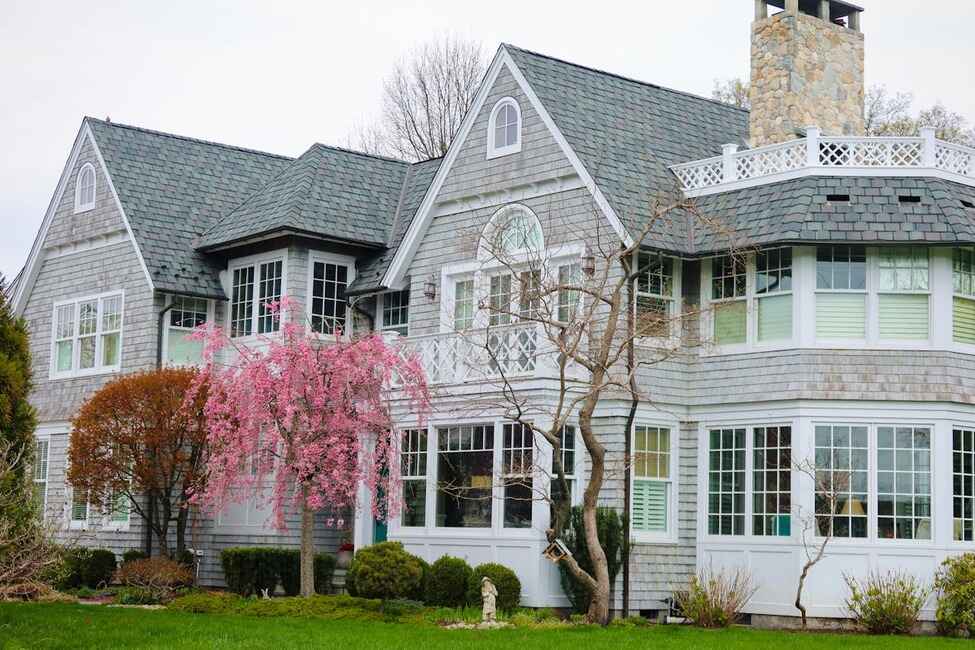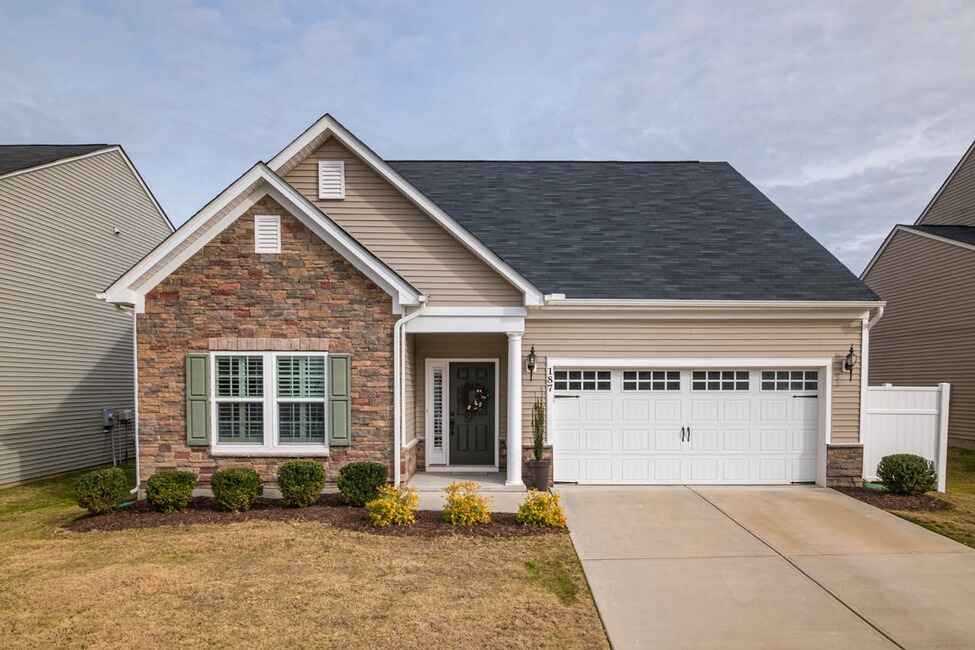
Why Home Exteriors Fail Early—And How to Prevent It
Homeowners usually expect their exterior features to last for decades. Yet in many neighborhoods, visible deterioration shows up far sooner than expected. Paint fades too quickly. Siding warps. Structural elements lose their strength. Early failure is more common than most people realize, and it often comes down to overlooked details, inconsistent maintenance, and materials that do not match local conditions.
This article explains the most frequent reasons home exteriors wear out prematurely and what homeowners can do to prevent costly issues. The goal is simple: make exterior components last longer with fewer surprises.
Understanding Early Wear: What Goes Wrong First
Environmental Stressors
Weather is one of the leading causes of exterior failure. Sun, wind, and moisture repeatedly strike the same surfaces year after year. Even durable materials slowly weaken under UV exposure and temperature changes. Homes located in areas with strong weather fluctuations typically age faster.
Harsh winters can create expansion and contraction in exterior elements. Hot summers can dry out sealants and cause protective coatings to crack. Rain introduces moisture, and moisture introduces rot. Over time, these small stressors produce larger structural problems.
Material Mismatch
Every home is built with a combination of materials. But not every material performs well in every environment. Some siding options, for instance, struggle with moisture. Some paints cannot handle direct sun. Certain fasteners corrode quickly in humid areas.
A mismatch between the material and the climate is one of the quietest causes of early failure. It’s also one of the easiest to fix when addressed early.
Poor Installation Practices
Even the best materials fail when installed incorrectly. Many homeowners assume all contractors follow the same standards, but installation quality varies significantly. Gaps, improper fastening, and shortcuts in preparation often lead to issues that take years to show but only minutes to create.
When elements are misaligned or unsupported, the entire exterior system becomes vulnerable. Water finds openings. Panels shift. Insulation loses effectiveness. These errors may be invisible at first, but they shorten a home’s lifespan dramatically.
Where Roof Structure Comes In
When the upper structure of a home begins to weaken, the effects rarely stay in one place. Water travels downward and quietly spreads into siding, trim, and even the foundation. This is why a stable and well-maintained top section is so important; it sets the tone for how long the rest of the exterior will last. Proper ventilation, clear drainage paths, and routine inspections make a noticeable difference in how well a home holds up over time.
Because every area has its own climate patterns, building materials, and structural tendencies, having someone who understands local conditions becomes especially valuable. Homeowners often look for trusted local specialists—people familiar with the specific needs of their region. For instance, people who live in the area often search for roofing in Chantilly, VA, not just for repairs but for guidance tailored to their environment. Local expertise helps ensure the upper components of a home remain dependable and fully aligned with the broader protection system, which ultimately prevents early exterior failure.
Moisture: The Root Cause of Many Problems
Moisture is responsible for a wide range of exterior issues. It weakens paint, corrodes metal, and encourages the growth of mold. When water penetrates even the smallest opening, it begins a slow process of internal decay.
How Moisture Sneaks In
It can enter through:
- Failed caulking
- Gaps in siding
- Cracked trim
- Improper flashing
- Aging seals
Once inside, moisture spreads. It affects insulation, framing, and nearby surfaces. The trouble is often hidden until it becomes expensive to fix.
Preventing Moisture Intrusion
Prevention starts with routine checks. Look for peeling paint, cracking caulk, and soft wood. These small details often point to larger issues behind the surface. Panel edges should sit flush, and all seams should be sealed. Homes benefit from annual inspections, ideally before the wettest season.
Moisture-resistant materials can also extend the life of exterior surfaces. Fiber cement, PVC trim, and certain composite options withstand water far better than traditional wood.
Structural Shifting and Foundation Impact
Exterior components depend on structural stability. When a home shifts or settles, small signs appear across the exterior. Cracks, misaligned trim, and separation between panels often indicate structural movement.
These issues do not always signal a serious foundation problem. Sometimes they reflect natural settling. But when ignored, they cause repeated wear on the exterior. Paint cracks faster. Fasteners loosen. Water gains new entry points.
Routine structural checks ensure the outside of the home stays aligned and secure. Proper grading and drainage can also reduce soil movement and help the foundation remain stable.

The Role of Exterior Protection Systems
A well-designed exterior uses multiple layers of protection. These include:
- Underlayment
- Weather barriers
- Sealants
- Flashing
- Coatings
When one layer fails, the others must work harder. Unfortunately, many homeowners only focus on the visible surface. Beneath it are systems designed to redirect water and control airflow. If these hidden layers deteriorate, the visible components decline as well.
Maintaining the entire system—seen and unseen—creates a far more resilient home.
Maintenance: The Most Overlooked Lifesaver
Simple Steps Make a Major Difference
Preventing early failure comes down to consistent care. A home exterior should never be treated as a “set it and forget it” project. Small efforts keep large repairs away.
Effective maintenance includes:
- Annual visual inspections
- Cleaning gutters and downspouts
- Refreshing caulk and seals
- Removing debris from exterior surfaces
- Checking for loose fasteners
- Washing siding and trim
These tasks require minimal time but prevent moisture buildup, structural shifting, and material breakdown.
Professional Assessments
Some issues cannot be detected without expertise. Professionals can identify early signs of material fatigue, installation errors, or weather damage. Annual or bi-annual assessments ensure that hidden problems are caught early, long before they become costly.
Choosing the Right Materials for Long-Term Durability
Not all products are created equal. Homeowners benefit from selecting materials that match their region’s climate, especially in areas with heavy seasonal changes.
Durable Options to Consider
- Fiber cement siding
- PVC or composite trim
- UV-resistant paints
- High-quality sealants
- Weather-rated fasteners
These choices resist fading, moisture, and impact—three common sources of early failure.
Balancing Aesthetics and Performance
Many homeowners focus on appearance first. Aesthetic choices matter, but durability should hold equal weight. The best materials combine both. When chosen correctly, they deliver long-term performance with minimal upkeep.
Why Timing Matters
Exterior components age at different rates. Paint may last seven years. Siding may last decades. Sealants break down sooner. The key is knowing when each element requires attention.
Delaying maintenance accelerates deterioration. For example, once caulk cracks, water enters. Once water enters, the structure swells. Once swelling starts, paint fails. These issues happen in sequence, and one neglected detail often starts a chain reaction.
Acting early saves time, money, and the integrity of the home.
Conclusion
Home exteriors fail early for many reasons, but nearly all of them can be prevented. Weather, materials, installation, and maintenance each play a role in long-term durability. By understanding how these factors interact, homeowners can take simple, effective steps to protect their investment.
Thoughtful upkeep, routine inspections, and smart material choices create exteriors that perform well year after year. While early deterioration is common, it is not inevitable. With the right knowledge and consistent care, every homeowner can extend the life of their exterior and avoid unnecessary repairs.




